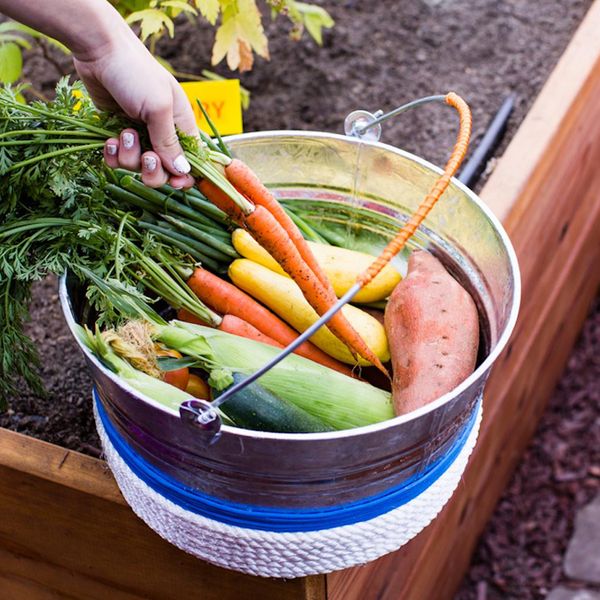
Gardens aren't just for warm weather, and planting veggies and herbs at the end of the summer is a great way to ensure you have fresh ingredients for all your winter meals. Not only is planting your own food a fun way to spend your time, but it's often healthier and more affordable than trips to the grocery store.
When you're looking to plant a fall garden, it's important to prep for the weather and conditions that come with living in your specific location. A fall garden for a dry, chilly climate will look very different than a fall garden for a mild and humid one! But, no matter where you live, or how small your space is, there are fall garden ideas you can incorporate.
Carrots, potatoes, and other root vegetables are great crops to start with and are used in lots of different recipes. Whether you don't know what kind of fall garden plants there are or you're a tried-and-true gardener, keep scrolling for some of the best ideas for your own fall garden.
Planting A Fall Garden
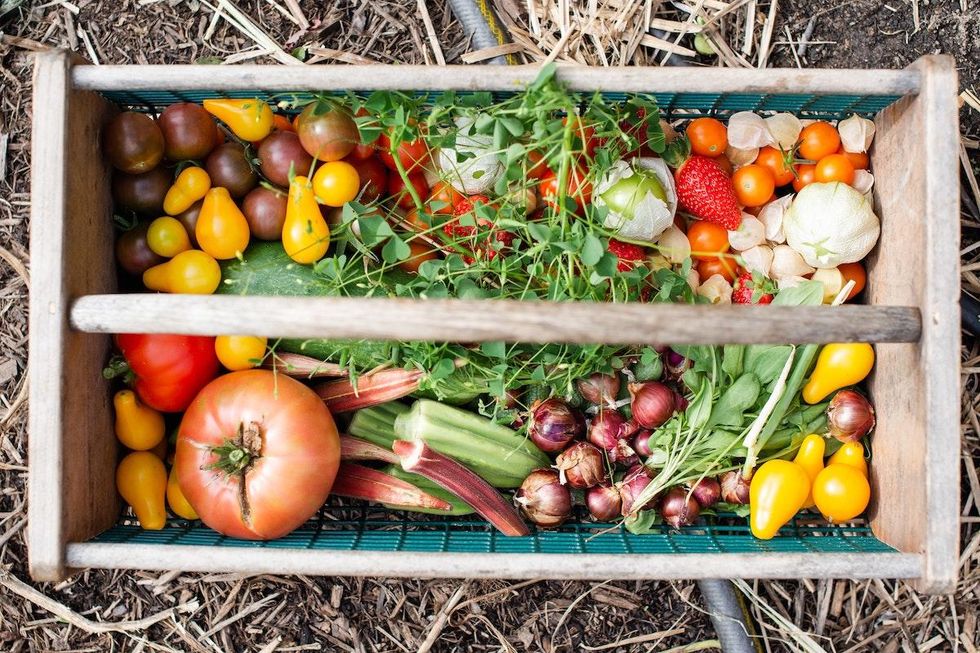
Why Should I Plant A Fall Garden?
The vegetables that you get from a fall garden will give you a variety of different options for fall and winter meals, and working in a garden is a great way to better understand the earth around your home. Plus, it gives you a chance to use your hands.
What If I Don't Have Space For A Garden?
If you live in an apartment or somewhere where you don't have a yard, get creative with a vertical garden or a balcony garden. You can also see if there's a community garden in your neighborhood or in your town that you can take part in.
When Should I Start Planting A Fall Garden?
To get the best results, you'll want to plant your seeds before the ground gets too cold for their roots to grow. You should look to plant before the first frost, but the particular time depends on what you're planting. Here's when to plant your fall veggies according to the Almanac:
- 10-12 weeks before first frost: Broccoli, Brussels sprouts, cabbage, cauliflower, carrots, celery
- 8-10 weeks before first frost: Arugula, Chinese cabbage, collards, kale, lettuce, mustard greens, spinach, Swiss chard, turnips
- 6-8 weeks before first frost: Beets, radishes
What's A Hardiness Zone?
Knowing your Hardiness Zone allows you to figure out what plants in your fall garden will thrive based on where you live. This zone depends on the average minimum temperature across the country, which plays a big role in how plants grow. You can look at the whole country for an overview, or type your zip code into the USDA map for a more focused view. It doesn't mean you can't plant other vegetables, but it does give you a better idea of what might do best in your fall garden.
Other Fall Garden Plants
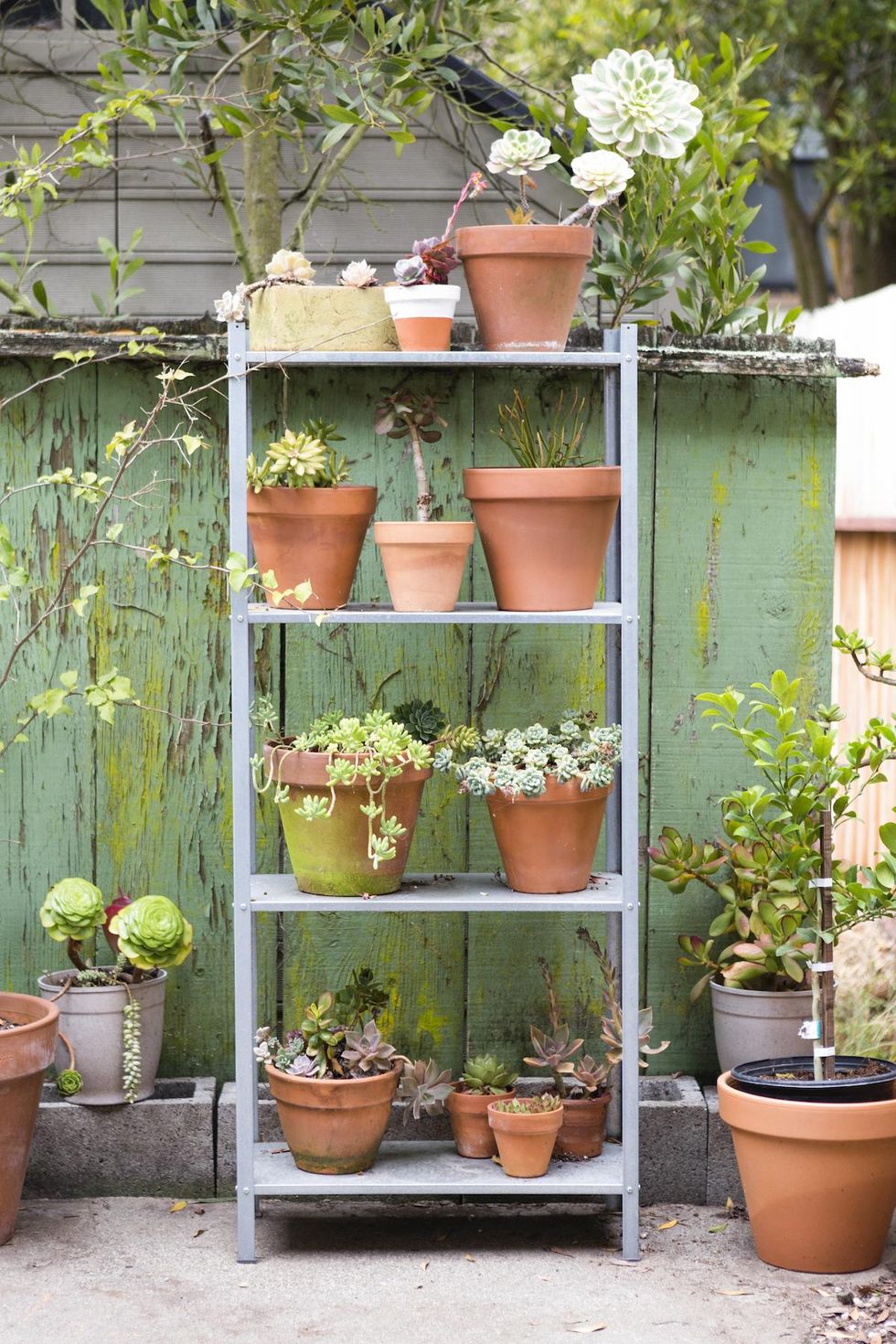
Mums
Mums are a great way to add color and life to your garden for the fall. Since they prefer cooler temperatures, that makes them a great option for colder days once summer ends.
Black-Eyed Susan
You can plant Black-Eyed Susans at the beginning of the fall, so they can establish roots and settle before temps really drop. They love sunshine so don't be afraid to plant them out in the open.
Pansies
These bright flowers will give you a dose of color throughout the winter. Try placing them somewhere they'll get lots of morning sun *and* afternoon shade for the best results.
What To Plant In A Fall Garden
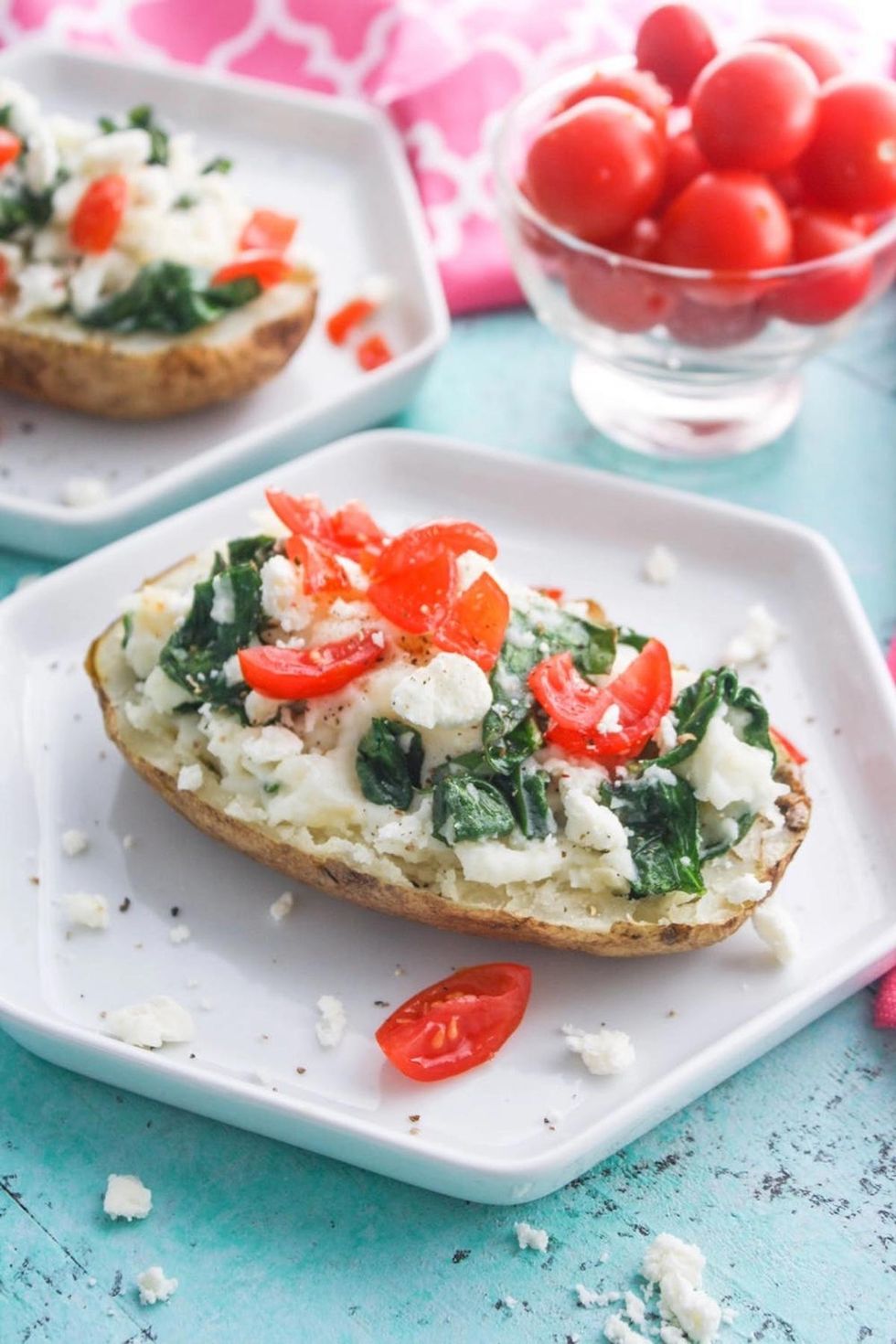
Potatoes
These tubers are an easy and versatile choice for a fall garden, and you'll get a lot of potatoes for what you plant. You can make everything from Oven-Roasted Fries to Twice-Baked Greek-Style Potatoes, and they grow best in rows when they're about three feet apart from one another.
Radishes
It doesn't take long at all to get radishes from when you plant them, meaning you can eat a Watermelon Radish Salad in about four weeks after you plant them. They don't take up much room, making them a good idea for anyone who has to plant a smaller garden.
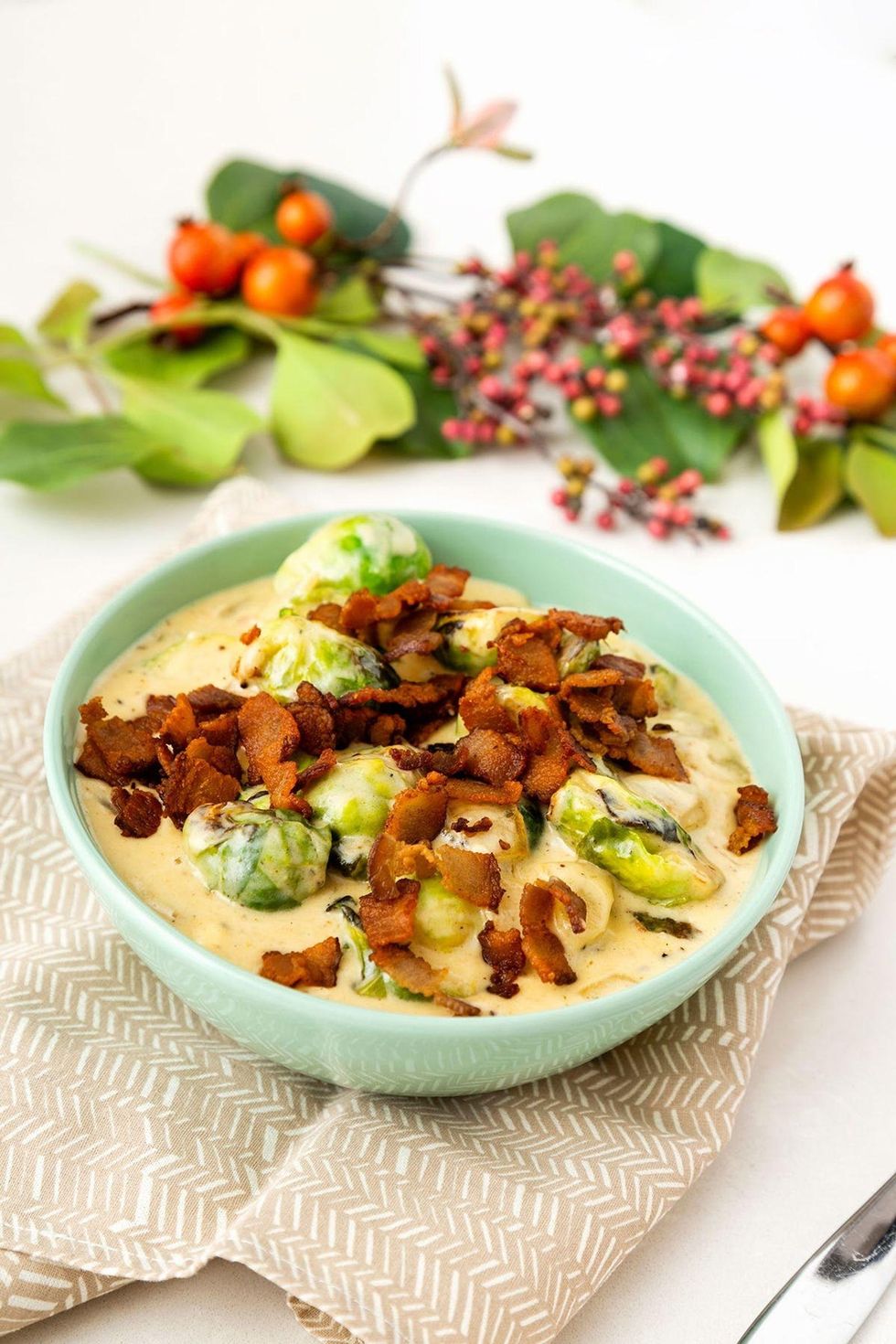
Carrots
Carrots can be difficult to grow if you don't prepare your soil the right way. To get the best carrots you can, use loose soil without rocks, that way their roots can grow long. You won't want to miss out on these delicious Carrot Hot Dogs and Mini Carrot Cake Cookie Sandwiches With Cream Cheese Frosting.
Brussels Sprouts
These delicious leafy veggies will make for a good crop and make some delicious Keto Cheesy Brussels Sprouts. Since they require a good amount of nutrients, we recommend not planting them next to other veggies that also need a lot of nutrients (like tomatoes).

Collards
These durable leafy greens can deal with more hot and cold temps than some of the other fall vegetables, and they also like a lot of sunlight. They make for a great addition to any meal when you make Sausage-Stuffed Collard Green Wraps.
Cauliflower
Unlike collards, cauliflower is fairly sensitive to temperature changes and isn’t as durable. You'll want to make sure your air and soil temps aren't too hot or too cold, and that you're feeding the soil plenty of nutrients so that you can enjoy Crispy Roasted Blackened Cauliflower with Burrata and Herbs and Cauliflower Fried Rice after the harvest.
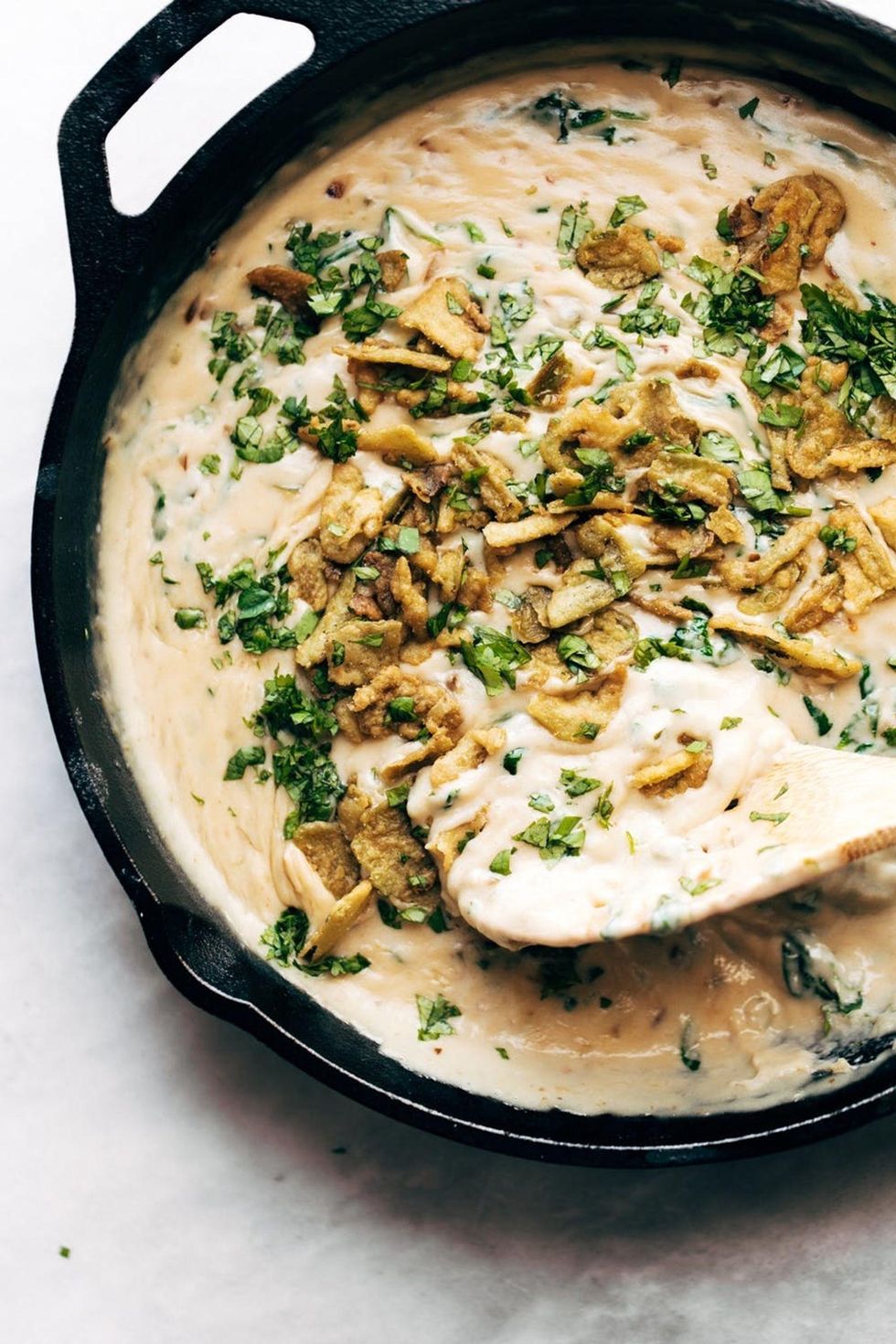
Spinach
This nutrient-rich fall garden plant is always a good idea, especially given how easy it is to work with. You'll definitely want to have some on hand for Crispy Jalapeño Spinach Queso and Spinach and Mushroom Gnocchi Casserole.
Turnips
Turnips love sunny and open air and cool soil that retains moisture. Considering they work just as well when you use a pot outside, this is great for anyone who doesn't have a whole backyard to do a garden. Try making Turnip Fries and enjoy.
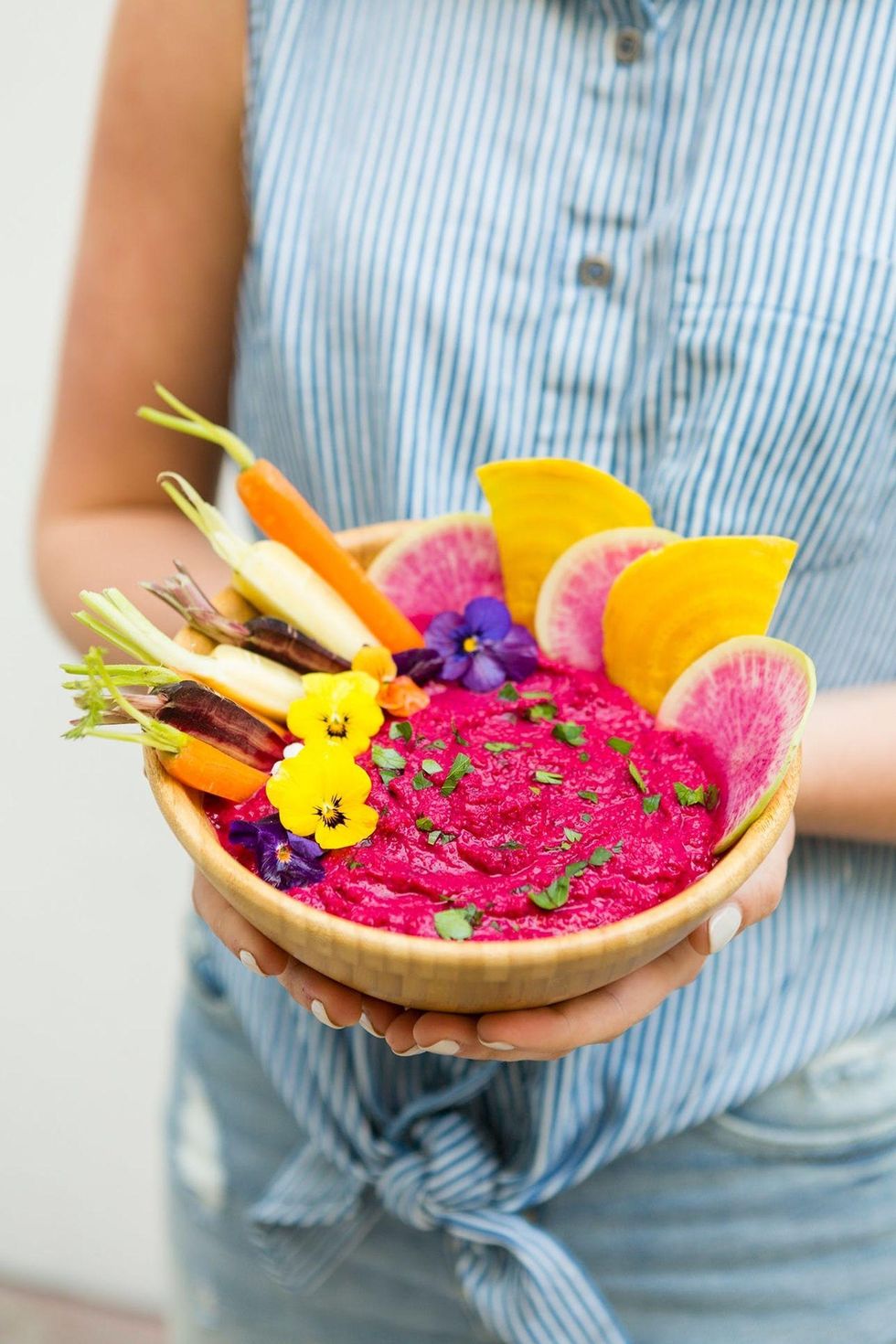
Kale
Resilient and tough, kale is a great option to plant because it can survive a lot. Just make sure you cover them if there's a sudden storm or temps drop drastically. Try making Kale Pesto and Corn Pizza or Asparagus, Kale, and Broccoli Soup if you have lots of green fall veggies on hand.
Beets
Beets grow well in soil that you've prepared, and they like to be exposed to lots of sun. They can also survive frost and cold temps, so if you live somewhere that gets cold earlier in the fall, this might be a great option. Hot Pink Beet Hummus Bowl, coming right up.
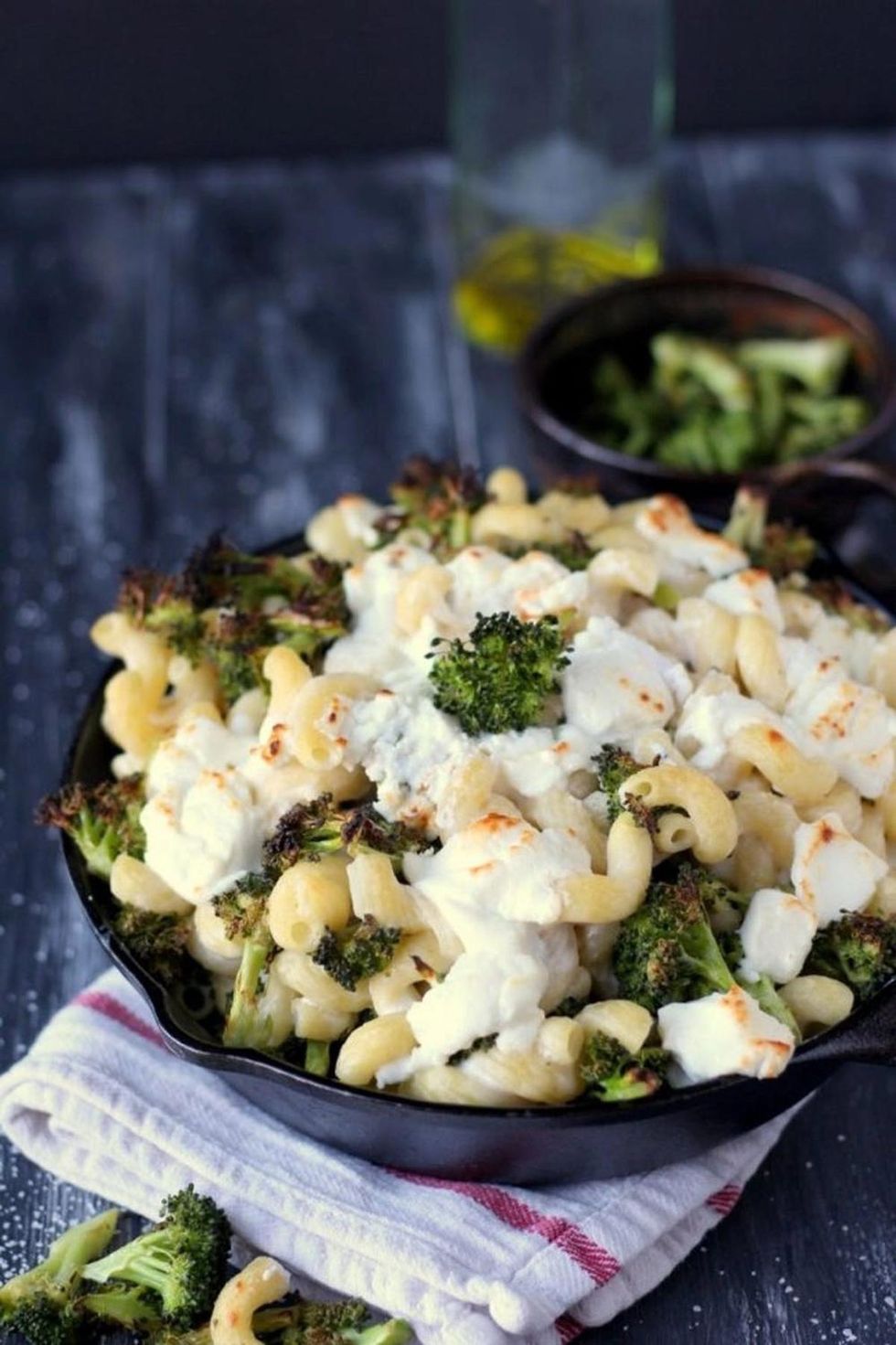
Broccoli
This green veggie likes moist soil that's on the more acidic side and lots of sunlight. Goat Cheese Mac and Cheese With Broccoli and Super Tender Beef With Broccoli Noodle Stir-Fry will make a great addition to your fall table.
Green Beans
Green beans don't require a ton of maintenance, making them a great idea for beginner gardeners. Make sure they have plenty of sunlight and well-drained soil to get the best Oven-Baked Green Bean Fries With Garlic Aioli and Paleo-Friendly Green Bean Casserole that the fam won't be able to get enough of.
Follow us on Pinterest and subscribe to our email newsletter for more fall garden inspiration.

Leave a comment